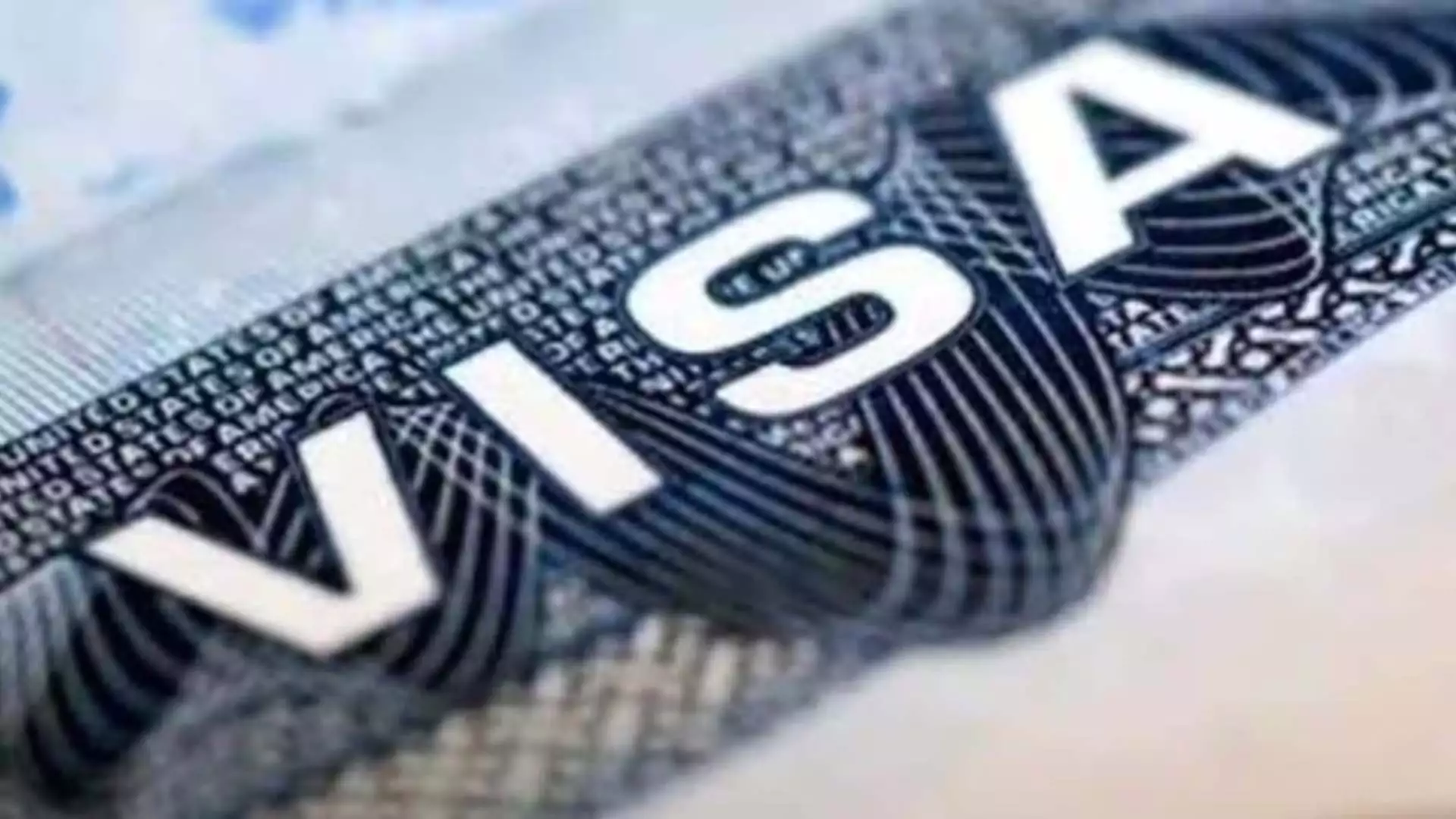In the upcoming Haryana elections, the Dalit community is poised to play a crucial role in determining the outcome. A popular belief circulating in the state is that “the weight of victory or defeat lies in the hands of Dalits,” suggesting that their votes could tip the scales in a tightly contested battle between the Bharatiya Janata Party (BJP) and Congress. Dalits make up 20% of Haryana’s population, with Jatavs being the largest sub-group, followed by Valmikis and other communities like Dhanuk and Mazhabi Sikhs. The state has 17 reserved seats for Scheduled Castes in its 90-member assembly, amplifying Dalit electoral significance.
However, the Dalit vote in Haryana is not monolithic. Political preferences within the community vary due to differences in caste, class, and local dynamics.
The Jats, who account for about 27% of the population, are the dominant landowning caste, and their relationships with Dalits—often marked by economic and social conflicts—shape the latter’s political choices. As Dalits grow more politically assertive, no single party can rely solely on one or two caste groups to win; instead, broad social alliances are key.
The Congress Towards Dalits
The Congress party, traditionally supported by Jats and Muslims, has tried to attract Dalit voters. However, the dominance of Jat leaders within the party has left many Dalits feeling marginalized. This was evident in the leadership tussle between Bhupinder Singh Hooda, a prominent Jat leader, and Kumari Selja, a Dalit leader. Additionally, the sidelining of Ashok Tanwar, a former Dalit leader in Congress, still resonates with many Dalit voters.
BSP & INLD Towards Dalits
The Bahujan Samaj Party (BSP), in alliance with the Indian National Lok Dal (INLD), is attempting to build a coalition of Jat and Dalit voters. While the BSP has traditionally had strong support from Dalits, particularly Jatavs, the party’s influence has waned over the past decade. Still, it is working to regain its footing. Meanwhile, Bhim Army leader Chandrashekhar Azad, allied with the Jannayak Janata Party (JJP), could potentially split the Jatav vote, adding further complexity to the Dalit political landscape in Haryana.
As political parties vie for the Dalit vote, the community’s growing political awareness and aspirations will undoubtedly shape the composition of the next Haryana government.
Also Read: Would Kumari Selja’s rift with Deepender Hooda hurt Congress in Haryana?

















